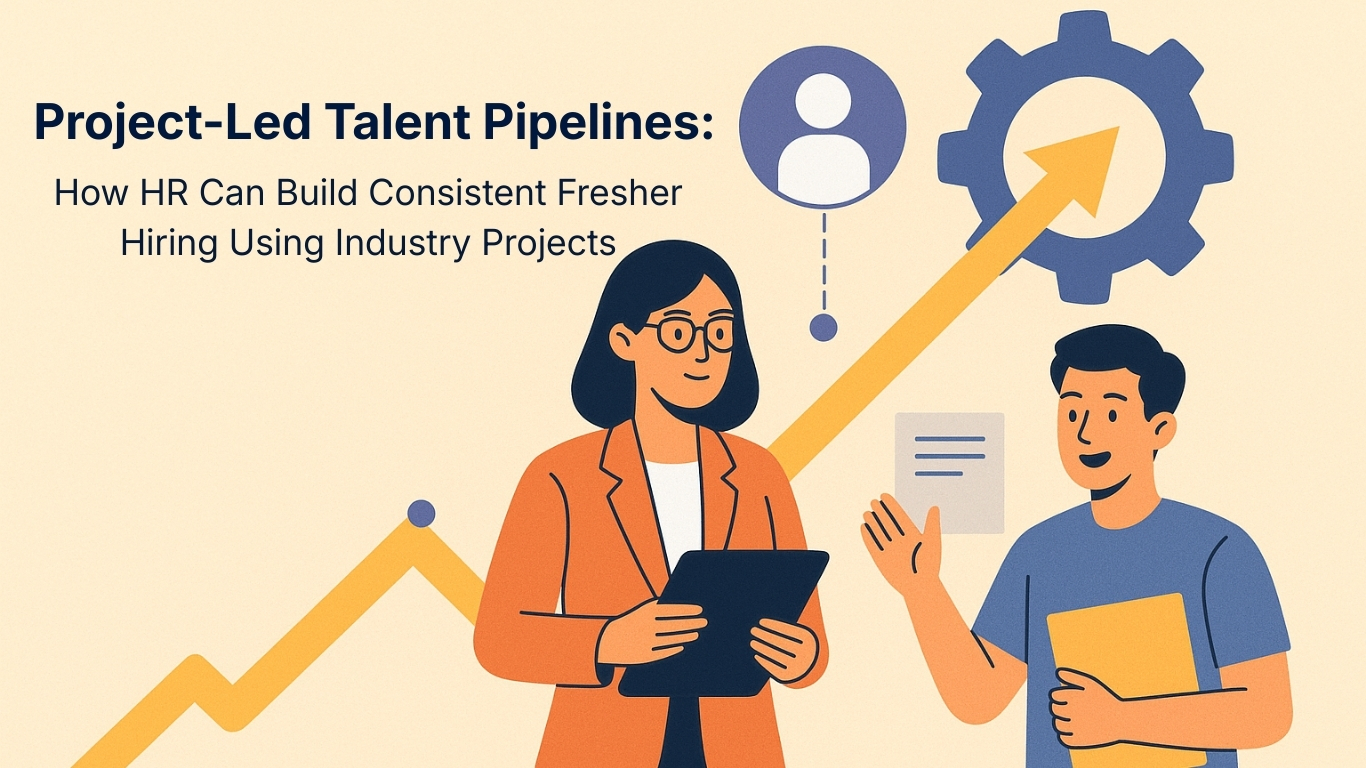In today’s job market, knowing how to impress employers with projects is more important than ever. If you’re a student or fresher, your resume might not have work experience. But showcasing your projects is one way to impress employers with projects and stand out. Companies now prefer real-world skills, not just academic performance. That’s why your ability to impress employers with projects can be the key to landing interviews and offers.
So, what does it take to build a portfolio that gets noticed? Let’s break it down.
Why Project Portfolios Matter in Today’s Job Market
Employers want proof of your practical skills. A project portfolio serves as evidence of what you can do beyond theory. Here’s why they’re essential:
- Employers value hands-on learning: Classroom knowledge isn’t enough anymore.
- Portfolios prove initiative: They reflect your problem-solving mindset and creativity.
- Stand out as a fresher: With no job experience, projects speak on your behalf.
- Soft skills become visible: Collaboration, consistency, and time management all shine through your work.
What Makes a Project Portfolio Impressive?
Not all portfolios grab attention. To make yours truly impactful, focus on the following:
- Relevance to Industry: Only include projects that align with the roles you’re applying for.
- Problem-Solution Format: Don’t just say what you did—explain why and how.
- Use of Tools & Technology: Mention frameworks, coding languages, or platforms used.
- Impact in Numbers: Quantify your results (e.g., “Reduced downtime by 40%”).
- Clean Layout: Use clear titles, brief descriptions, and visuals like screenshots or flowcharts.
This shows that you can communicate well, which is another skill employers love.
How to Structure Your Project Portfolio
A portfolio should tell a story about your contribution and results. Here’s a format you can use:
- Title & Summary: Keep it short and relevant.
- Objective: What was the purpose or problem being addressed?
- Your Role: What did you specifically do? Were you the team lead, developer, analyst?
- Approach: Detail the steps taken, tools used, and decisions made.
- Outcome: What was achieved? Include metrics, user feedback, or recognition.
- Extras: Share links to live demos, GitHub repos, or full reports.
A well-structured portfolio allows recruiters to assess your fit quickly.
Best Types of Projects to Include
Every project doesn’t belong in your portfolio. Choose wisely:
- Academic Projects with Real Use: Highlight those that solve actual problems.
- Internship-Based Work: These projects are industry-approved and more credible.
- Freelance or Volunteer Work: Proves initiative and ability to handle clients.
- Hackathon Projects: They show creativity under pressure and team collaboration.
- Live Projects via Platforms Like Qollabb: These are the most powerful. They show you’ve worked with real companies and clients.
Your portfolio should have variety, but also relevance.
How Qollabb Helps You Build a Powerful Project Portfolio
Qollabb connects students with live industry projects. That means you don’t need to wait for an internship or job to build experience. Here’s how Qollabb supports your portfolio development:
- Access to Real-World Projects: Partnered companies list active challenges for students.
- Work with Teams: Learn collaboration, communication, and real-world problem-solving.
- Get Certified: Every completed project comes with a certificate you can showcase.
- Project-Based Profiles: Your Qollabb profile becomes your project-driven resume.
- Industry-Relevant Domains: Choose from trending areas like AI, marketing, fintech, and more.
If you want to impress employers with projects, Qollabb gives you the stage to perform.
Tips to Present Your Portfolio to Employers
Building a project is only half the job—presentation is key. Here’s how to make sure your work is seen and appreciated:
- Create a Digital Portfolio: Use platforms like Behance, GitHub, or a personal website.
- Include it in Your Resume: Link to your portfolio right at the top.
- Highlight on LinkedIn: Post about your projects and pin your best work to your profile.
- Practice Your Pitch: Be able to explain your role and results clearly in interviews.
- Update Regularly: As your skills grow, so should your portfolio.
These steps ensure your hard work doesn’t go unnoticed.
Conclusion: Your Projects Are Your Superpower
In a world where competition is fierce, your portfolio can be the deciding factor. To impress employers with projects, you need more than certificates. You need proof of your skills in action.
Real-world exposure through platforms like Qollabb makes your learning practical and your resume powerful. By showcasing your projects smartly, you can land interviews, get hired faster, and even stand out from experienced candidates.
So start today—every project adds value. And every bit of value takes you one step closer to your dream job





